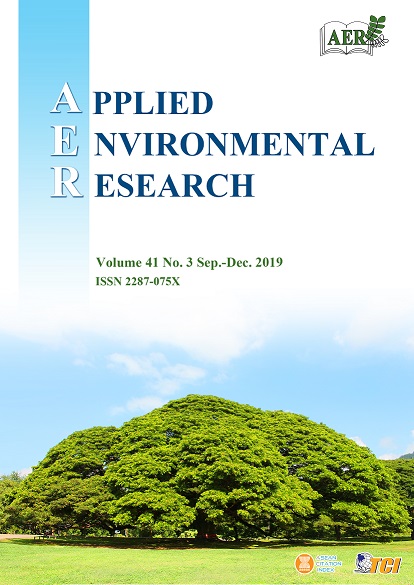Determination of Soil Properties and Fungal Interrelations Influenced by Forest Restoration on a Contaminated Zinc Mining Area
Main Article Content
Abstract
Forest restoration in a contaminated zinc mining area must take into account the environmental soil properties. This study aimed to analyze the soil properties from the three different stages of restored forests, at 3, 7 and 17, focusing on the impact on soil microorganisms and availability of fungal species. Three study sites were selected, all located in a zinc mining area in Mae Sot District, Tak Province, Thailand. The results showed that observed soil properties especially soil texture, moisture and nutrients differed between stand initiation and regrowth forests and affected the distribution of fungal species. Soils in older forest stands up to 17 years old showed higher sand content and reduced soil moisture, SOM, and certain nutrients. Forest restoration was found to favour development of a range of soil properties, some of which were suitable for fruiting in nine fungal species from the following families: Agaricaceae, Psathyrellaceae, Cantharellaceae, Phallacae, Coprinaceae, Sclerodermataceae, Lycoperdaceae, Marasmiaceae, and Clavariaceae.
Article Details

This work is licensed under a Creative Commons Attribution-NonCommercial 4.0 International License.
Published articles are under the copyright of the Applied Environmental Research effective when the article is accepted for publication thus granting Applied Environmental Research all rights for the work so that both parties may be protected from the consequences of unauthorized use. Partially or totally publication of an article elsewhere is possible only after the consent from the editors.

